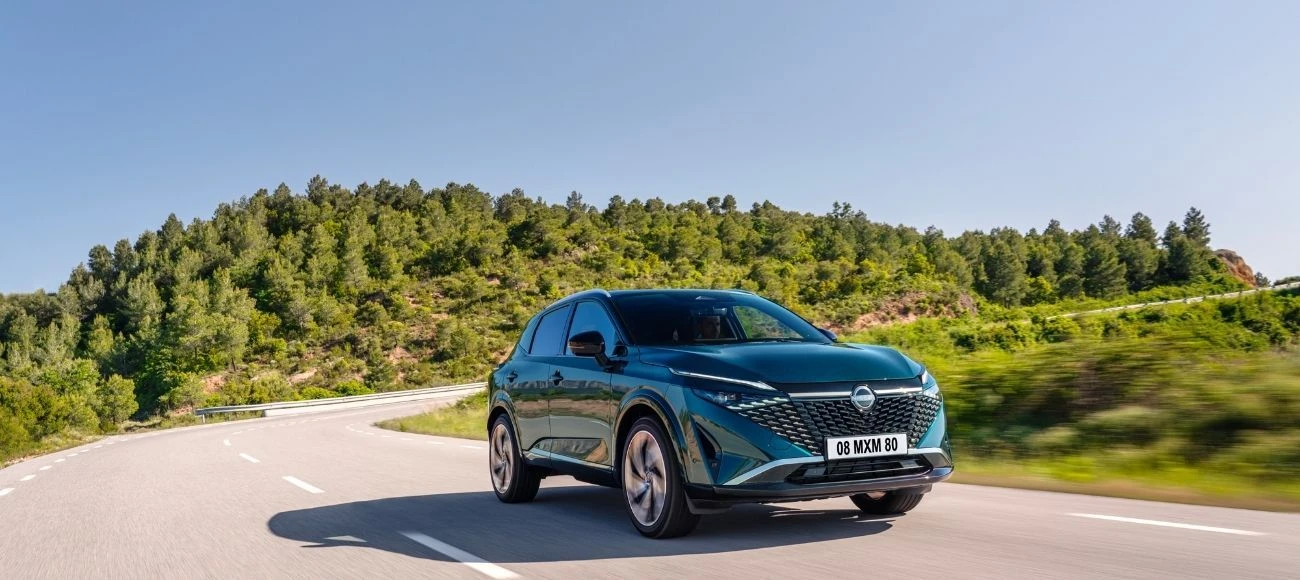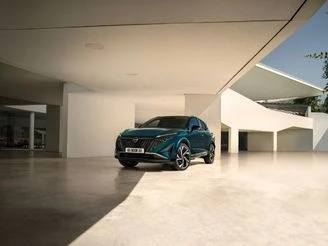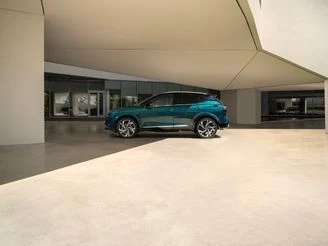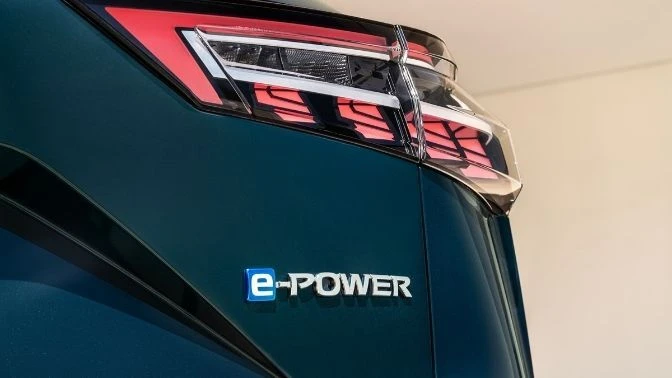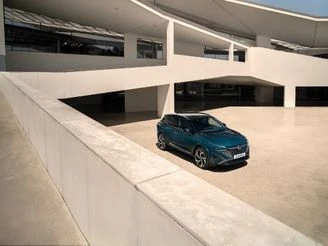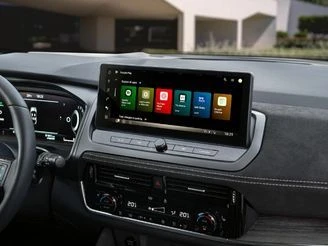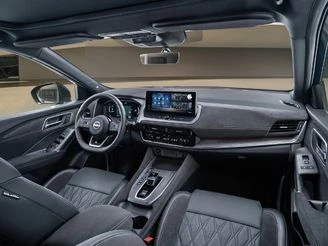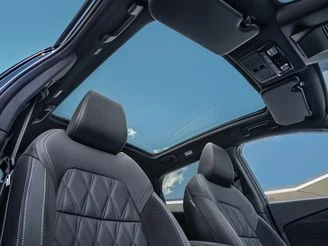The variable compression ratio technology found on the previous version has been rendered redundant by the other changes to the engine.
Additional engine efficiency has been generated by the change to 0W16 lubricating oil, reducing internal friction. Customers will also appreciate the new, longer service intervals which have been extended from 9,000 miles to 12,000 miles.
The net outcome of all the changes is that Qashqai equipped with New e-POWER achieves 16% better fuel economy in real-world conditions, and 14% improvement in highway fuel consumption versus the current generation.
David Moss, Senior Vice President, Region Research & Development, Nissan AMIEO, said “This new version of e-POWER reflects everything we’ve learned from developing electric motor drive systems for Europe. We’ve analysed what worked in our previous generations, what appealed most to customers, and re-engineered the system to deliver maximum efficiency, lower emissions and a quieter, more refined drive - all with the same performance as a diesel. We are proud that New e-POWER now offers best-in-class fuel efficiency and emissions.”
With a theoretical range of 745 miles on a full tank, New e-POWER goes further than many traditional plug-in hybrids - without the need for a charging cable or waiting for a full charge.
A smarter step towards electric
For many drivers, moving to a fully electric vehicle still comes with questions - about charging, range, infrastructure, and habit change. That’s where e-POWER comes in.
With its fully electric motor drive and no plug-in requirement, new e-POWER offers a clear, confident step into electrified driving - combining the smoothness and instant response of an EV, with the familiar range and convenience of an ICE. It delivers the experience of electric, without the perceived challenges and common misconceptions that can still hold some drivers back from switching to fully electric.
And because the engine never powers the wheels, the driving feel is entirely electric, with no gear shifts, no power lag, and minimal engine noise at low speeds. Yet, unlike a battery electric vehicle, refuelling takes place at any petrol station.

